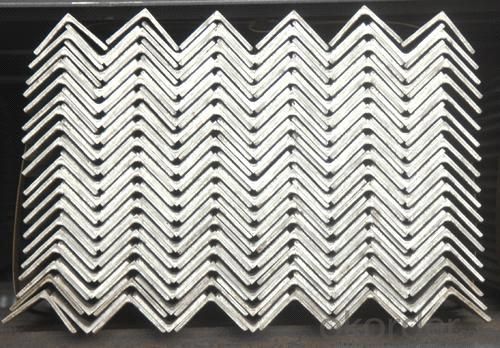Packaging & Delivery
| Packaging Details: | suitable for export with hooks for easy unloading of material with bundle weight. |
|---|---|
| Delivery Detail: | two weeks after advance or lc |
OKorder Service Pledge
OKorder Financial Service
You Might Also Like
Standard:GB
Dimensions:20x20x2mm--200x200x20mm
Grade:Q235
Model Number:20x20x2mm--200x200x20mm
Type:Equal
Application:constructure
| Packaging Details: | suitable for export with hooks for easy unloading of material with bundle weight. |
|---|---|
| Delivery Detail: | two weeks after advance or lc |


1. Manufacturer Overview |
|
|---|---|
| Location | |
| Year Established | |
| Annual Output Value | |
| Main Markets | |
| Company Certifications | |
2. Manufacturer Certificates |
|
|---|---|
| a) Certification Name | |
| Range | |
| Reference | |
| Validity Period | |
3. Manufacturer Capability |
|
|---|---|
| a)Trade Capacity | |
| Nearest Port | |
| Export Percentage | |
| No.of Employees in Trade Department | |
| Language Spoken: | |
| b)Factory Information | |
| Factory Size: | |
| No. of Production Lines | |
| Contract Manufacturing | |
| Product Price Range | |
Send your message to us
OKorder Service Pledge
OKorder Financial Service
Similar products
New products
Hot products
Related keywords